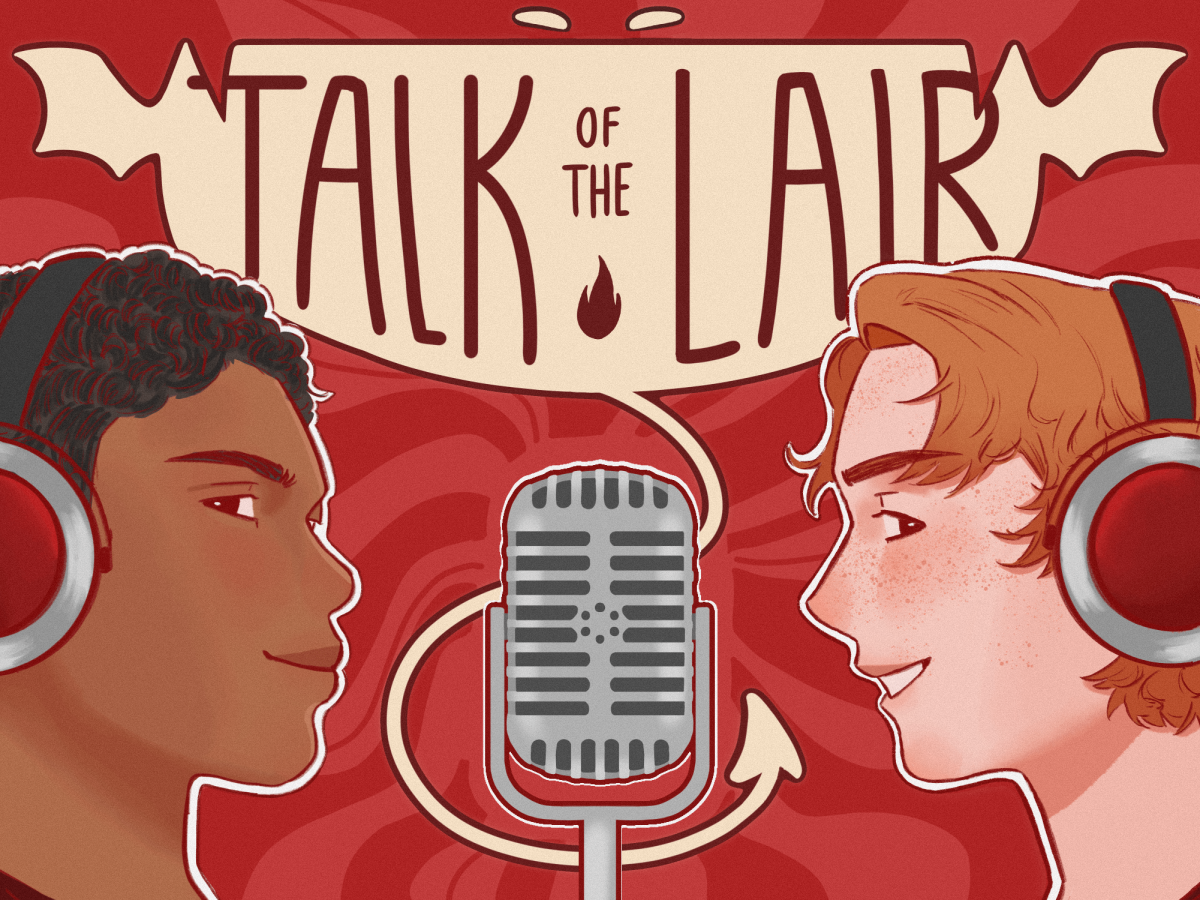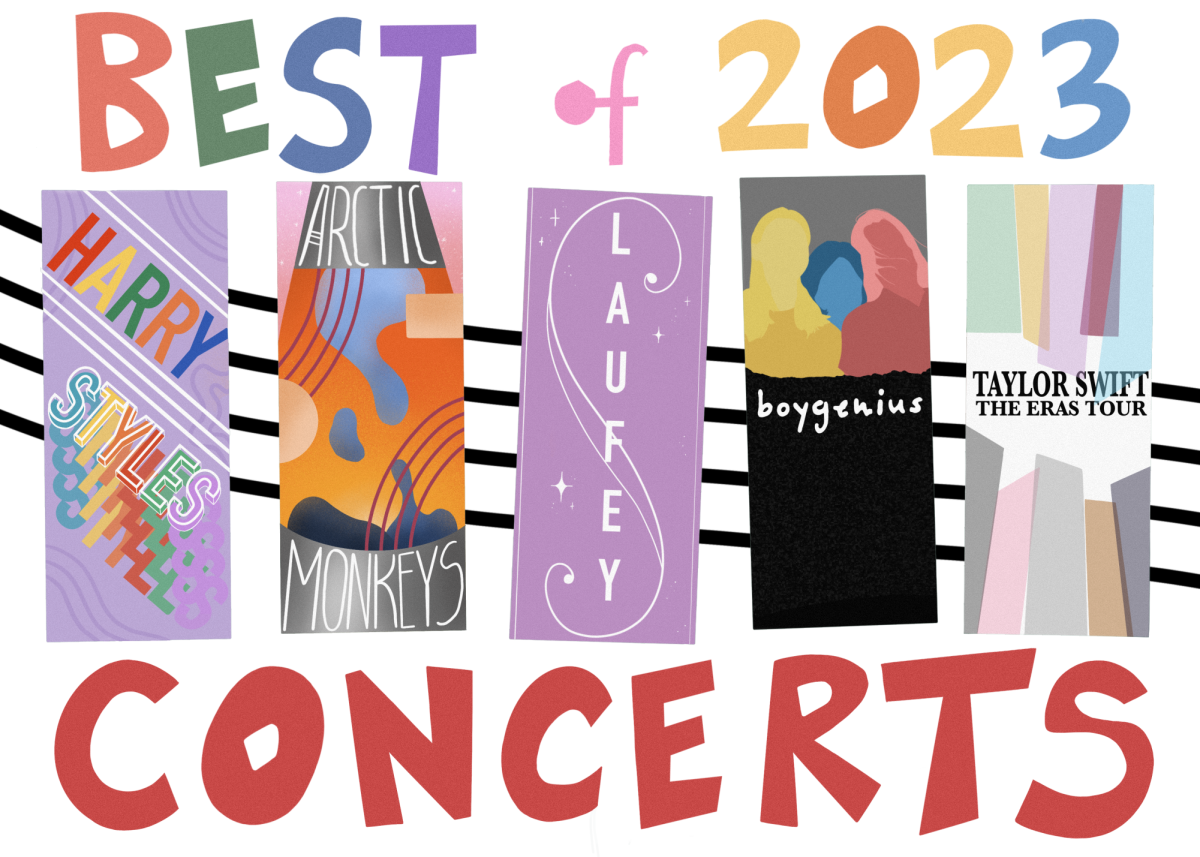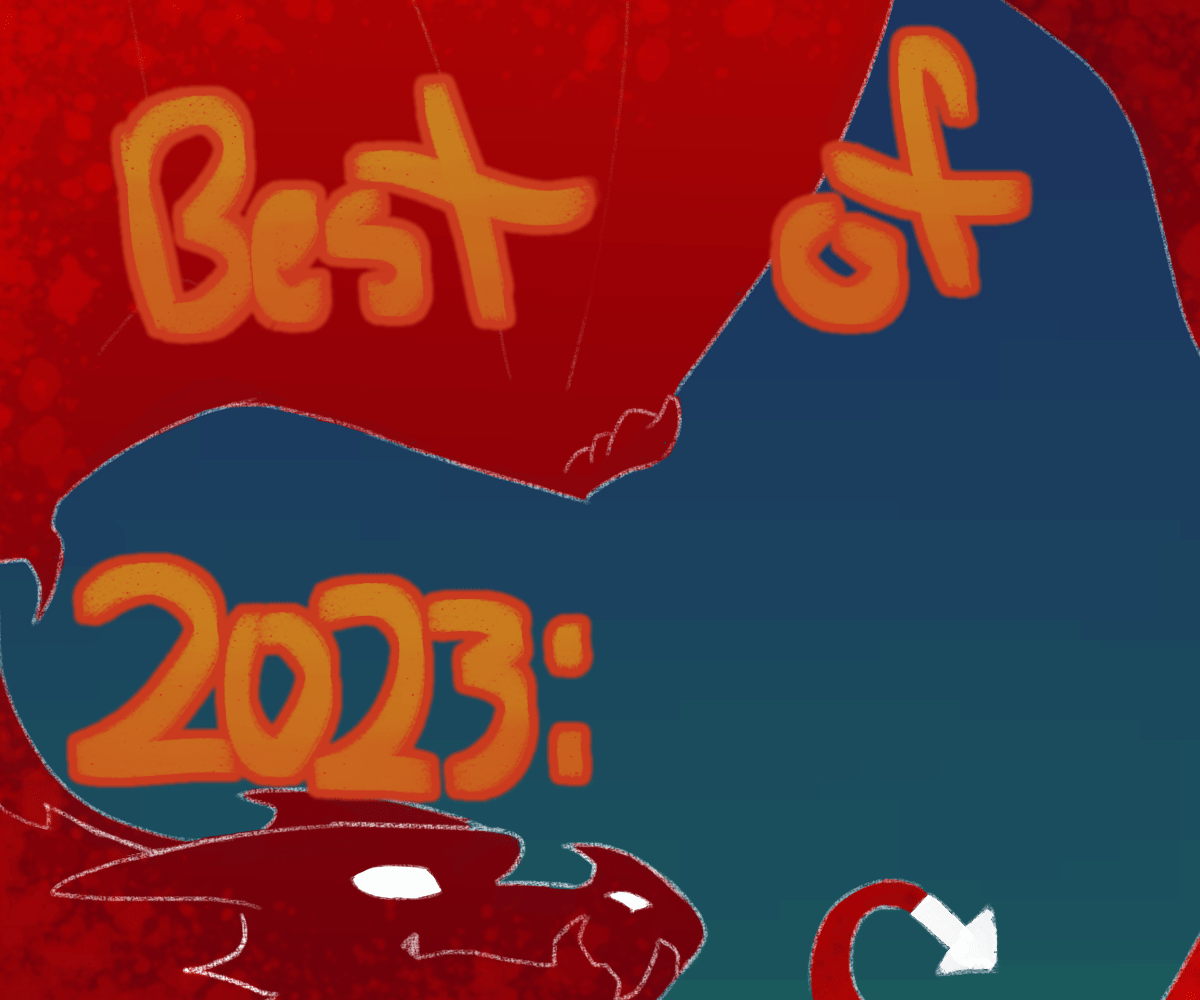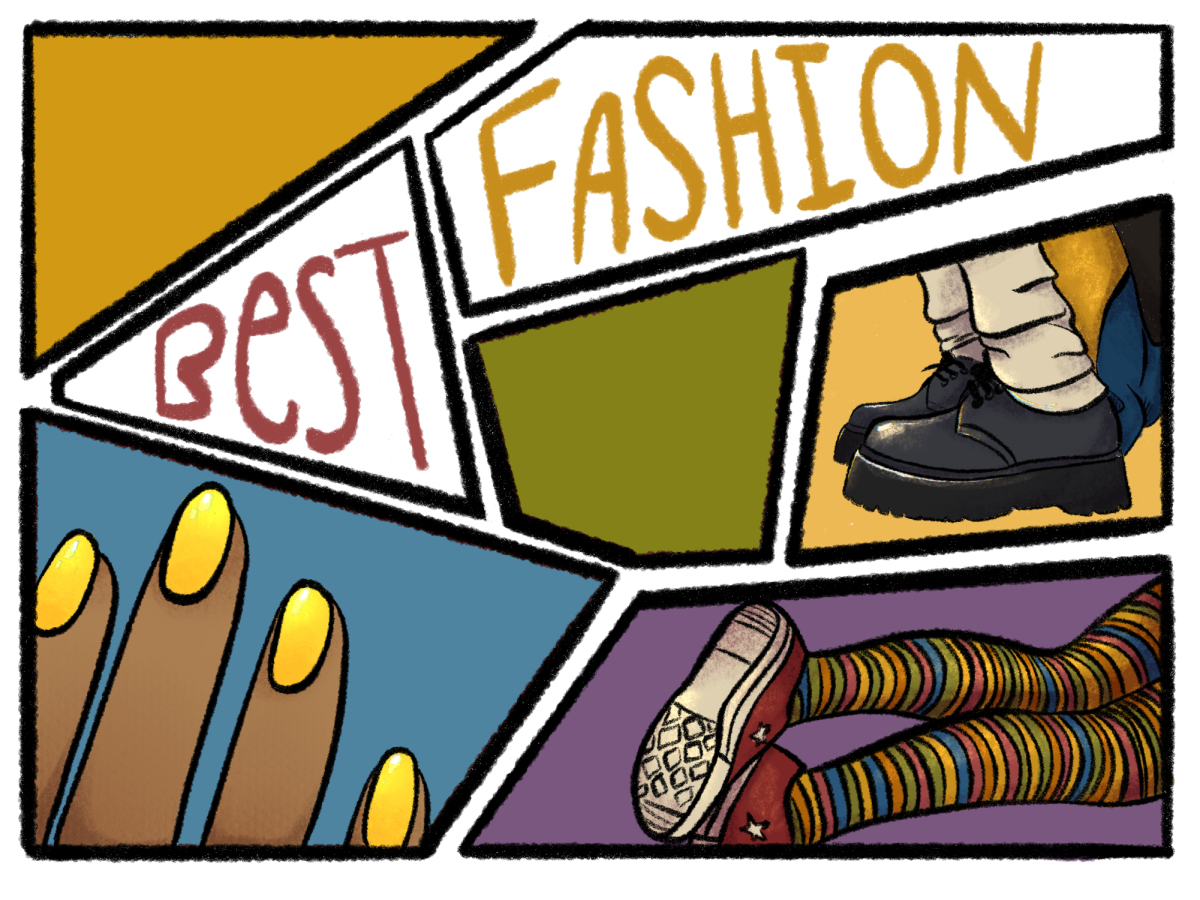I’m always skeptical when promos for new TV shows air and they feature a sunglasses-wearing, flawlessly intelligent detective/cop/FBI agent who can solve mysteries in a matter of hours. Or a supernatural drama full of chiseled jawlines and an angsty acoustic soundtrack that proves they take themselves way too seriously. Or a sitcom that relies on laugh tracks and frequent, snappy one-liners.
The point is, none of these taglines are new, and none of them are as unique as they are advertised to be. Multiple shows could be sorted into these categories, and then these shows end and are replaced by a similar show. As of right now, this cycle seems inevitable.
What is an easy, incredibly neglected tool needed to break free from this cycle? Unique characters.
Representation in entertainment is either considered a trivial matter or an integral step towards progress. Although representation in the media is lacking in several demographics, one of the most apparent lack of diversity is in the ethnic demographic. It may not seem like a big deal to some people, but having such little diversity in media is not only an inaccurate reflection of the various groups people make up in America, but also an invitation for harmful cliches to flourish.
Just how much representation is necessary to be considered diverse? In 2012, a University of Southern California study analyzing the 500 top-grossing movies at the U.S. box office revealed that “76.3% of all speaking characters in these movies were white…” This study analyzed “ movies released at the U.S. box office between 2007 and 2012 and 20,000 speaking characters.”
Having a TV show or a movie that has diverse, relevant, purposeful characters shouldn’t be so rare, but the numbers prove that it is. Even having diverse extras, though, would be a step in the right direction. Every person contributes to the scene in some way, and it may seem small, but it matters a great deal. The latest Star Wars film has been well received and commended for its diverse casting, especially because it reflects how diverse our culture truly is.
Parks and Recreation is one example of a show that has many well-written ethnic characters who aren’t two-dimensional caricatures. They are able to contribute to the storyline and enrich it with their perspectives. One of these characters, Tom Haverford is an Indian American who defies the Asian character archetype.
His character is not saturated in any conventional image, but rather a unique character who makes plenty of mistakes, flaunts confidence almost excessively, and provides hilarious one-liners. The beauty of this character is that he could be played by someone of any ethnicity, because he is free of categorization. The show even adds playful commentary when another character, Leslie Knope, turns to Tom and asks, “You’re not from here, right?” and Tom insists that he’s from South Carolina and he isn’t “from” anywhere else. Through humor and good writing, Parks and Recreation successfully boasts a variety of relatable characters.
As the title of this article probably indicates, the recent Oscar fiasco serves as inspiration for this article. Of course, the controversy lies in the Academy’s lack of diversity in this year’s Oscar nominees, a problem that was also addressed last year.
Many actors and actresses have announced that they are boycotting the awards, and many of them felt unacknowledged for their performances in the best films of the year. It makes sense– after all, actors such as Will Smith and Lupita Nyong’o performed fantastically this year and qualify for awards, yet aren’t listed as nominees.
The Academy of Motion Picture Arts and Sciences (AMPAS) plans to amend this by adding people of color to the board. I am optimistic about this, but it’s notable that such changes came after much backlash from the public.
I hope having diverse casts will be seen as an opportunity for writers to enrich their stories. America is made up of unique and diverse individuals– it’s time to have that reflected and celebrated in our media.









